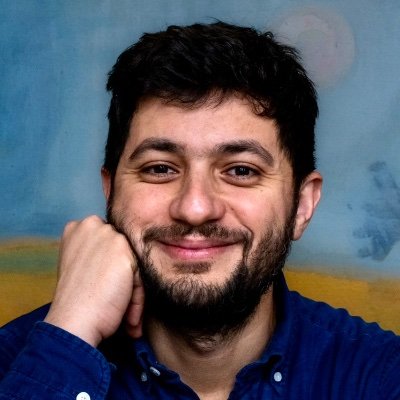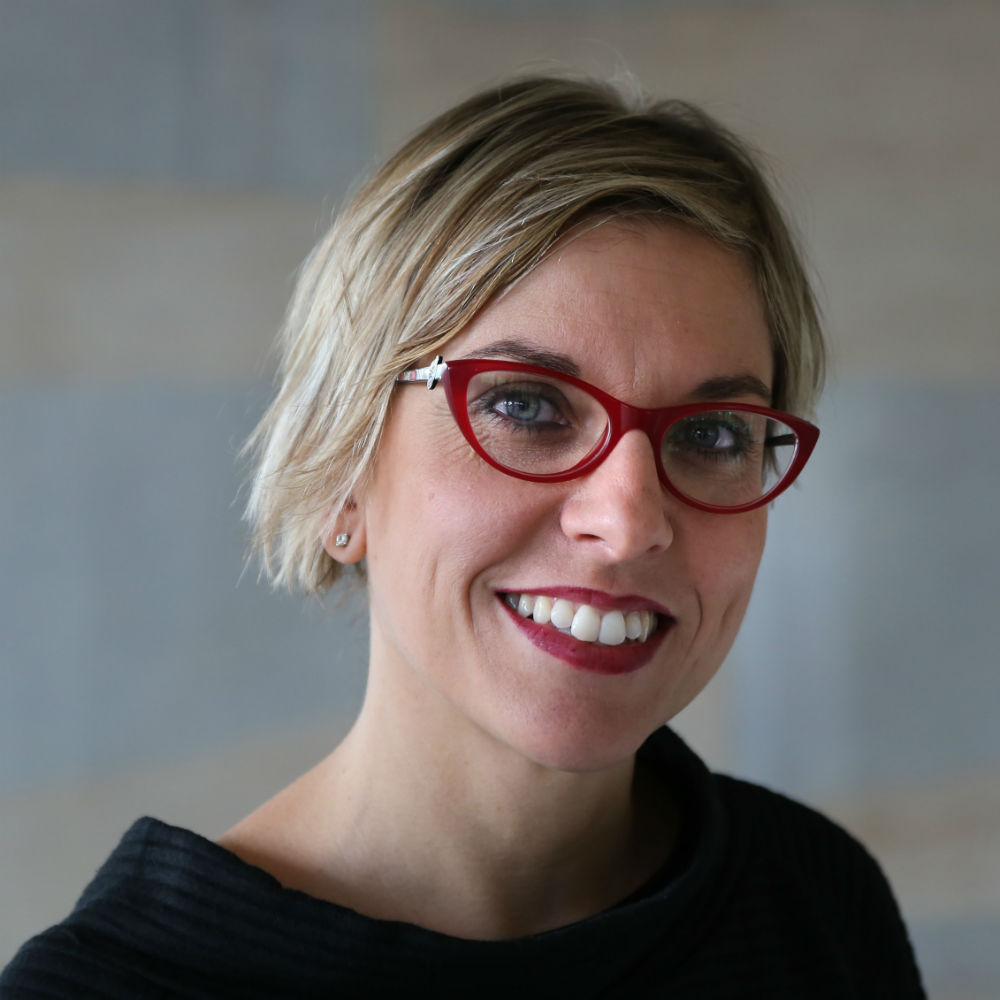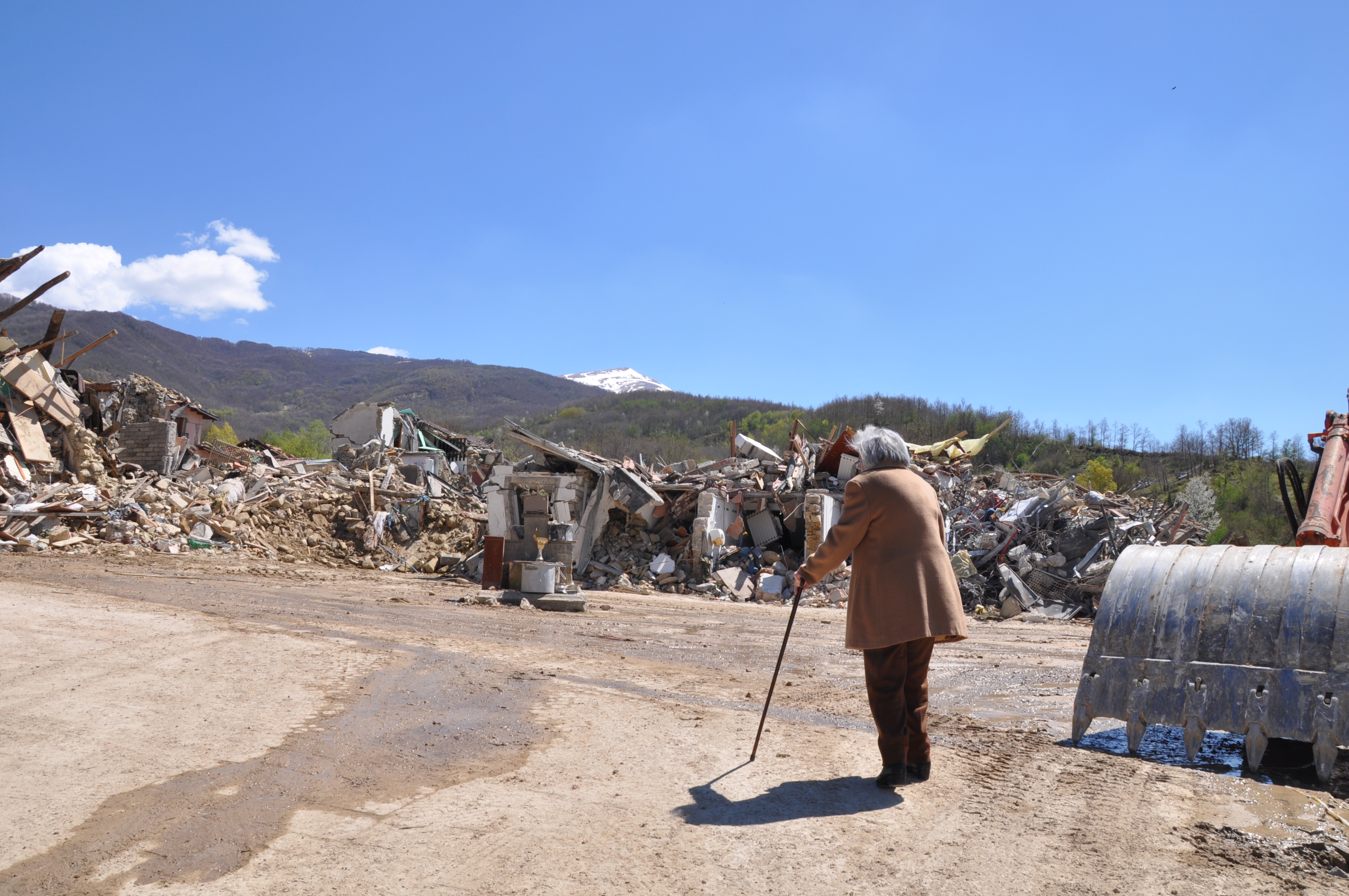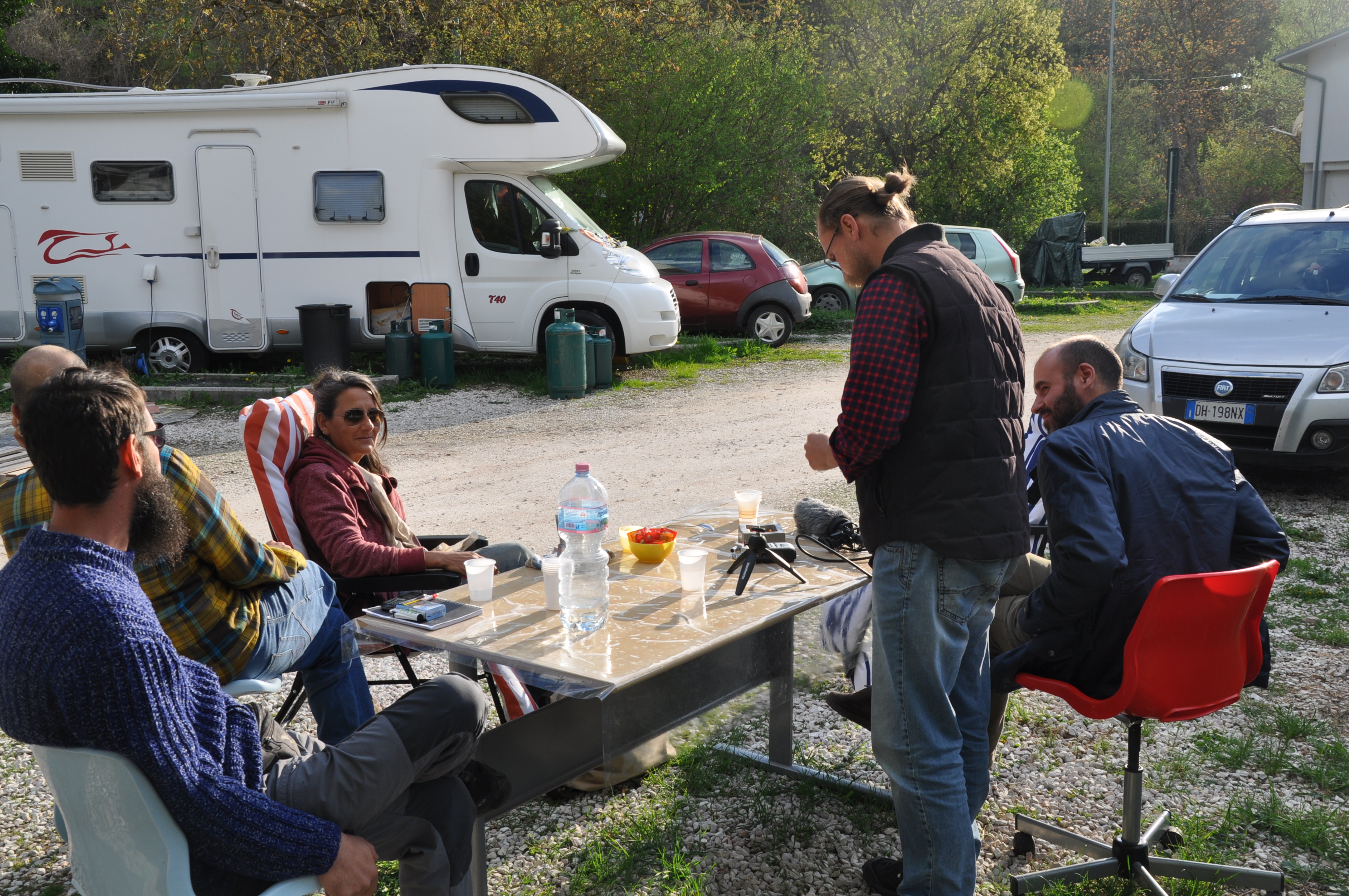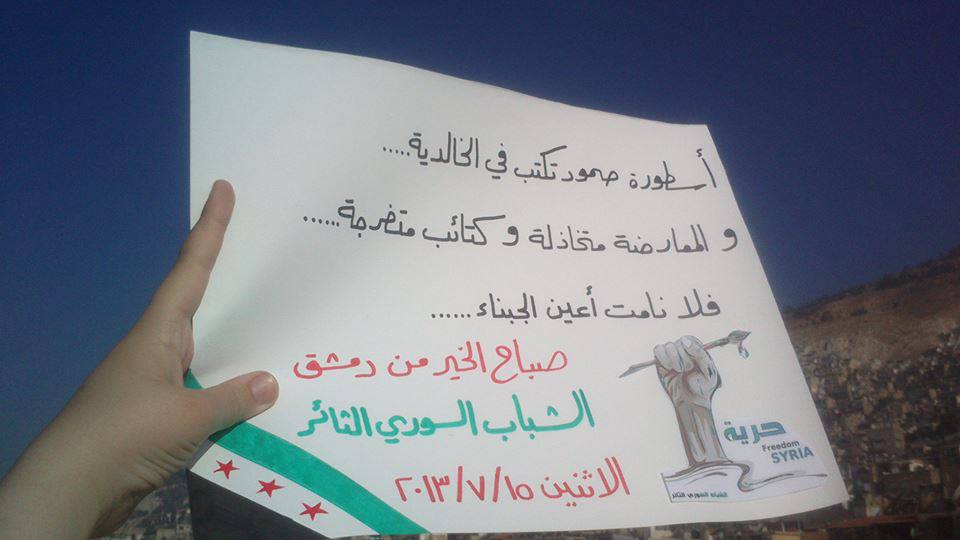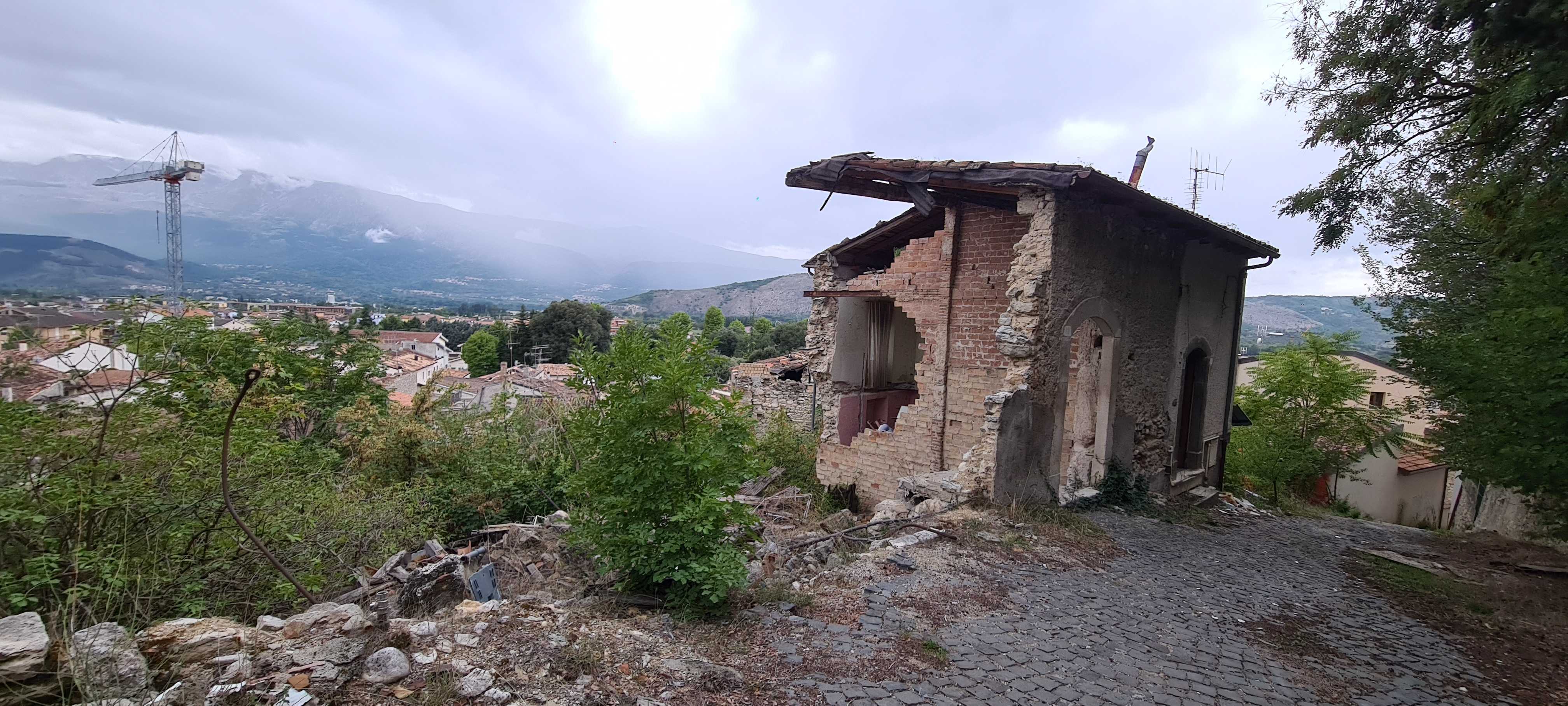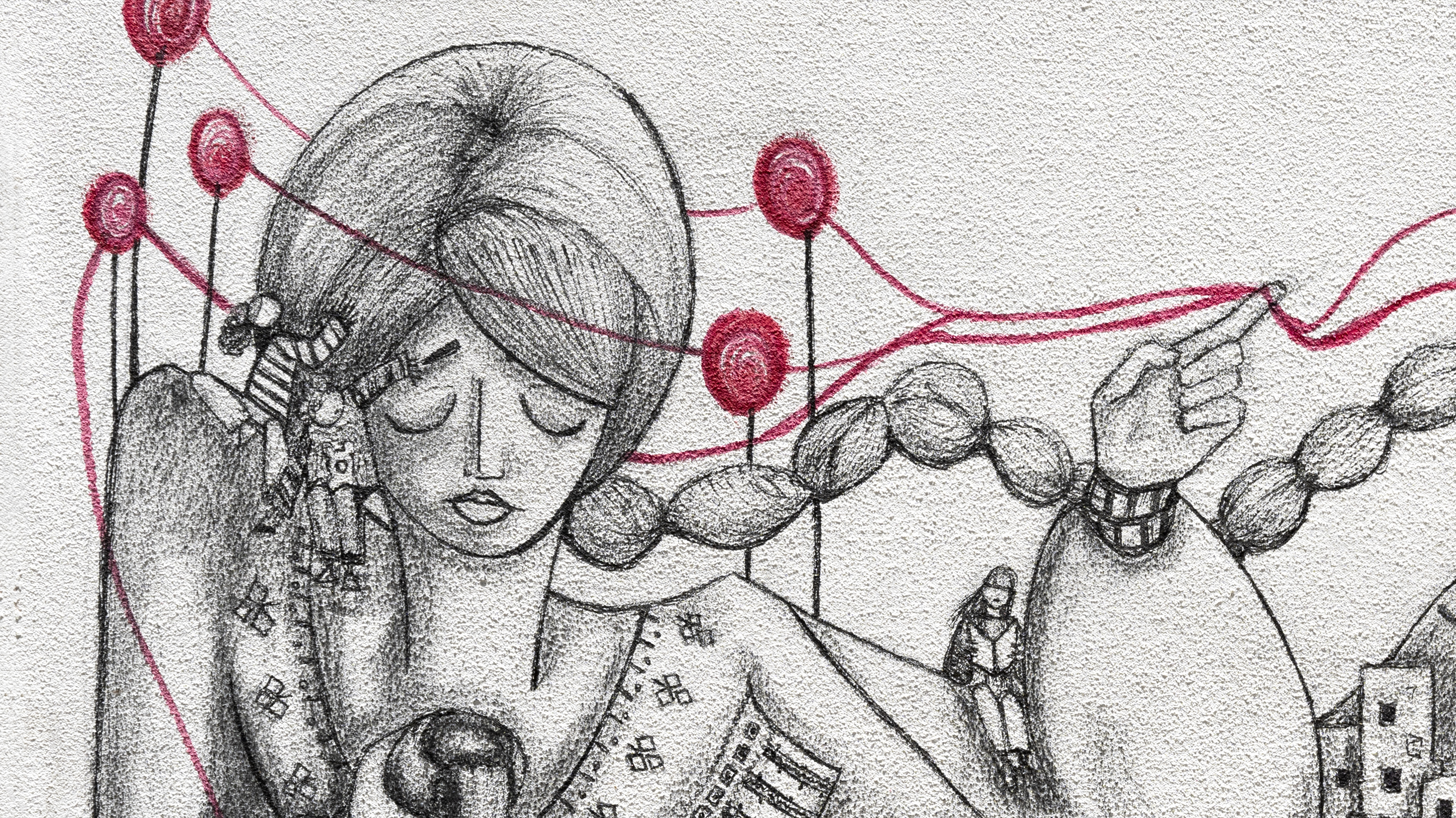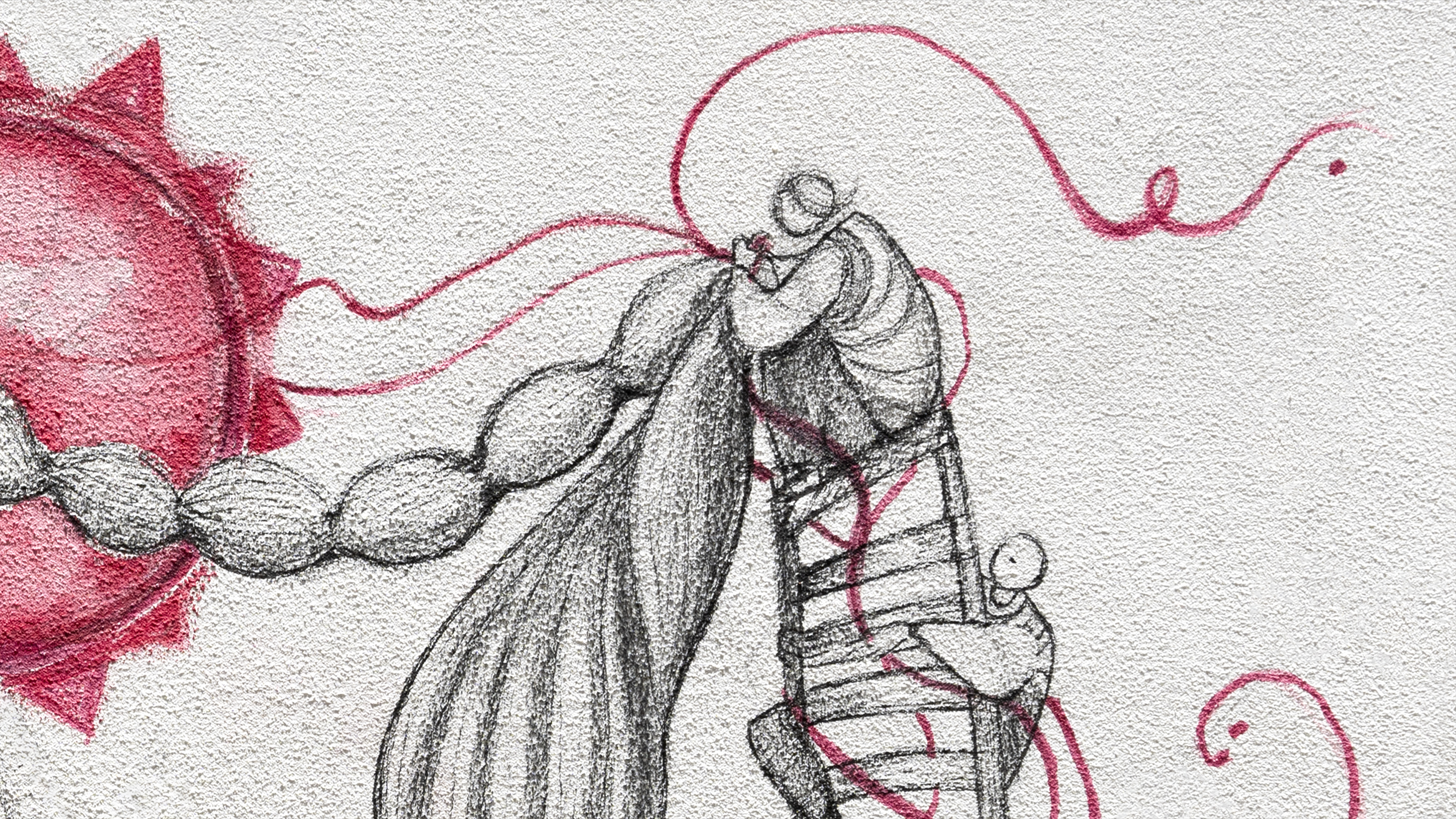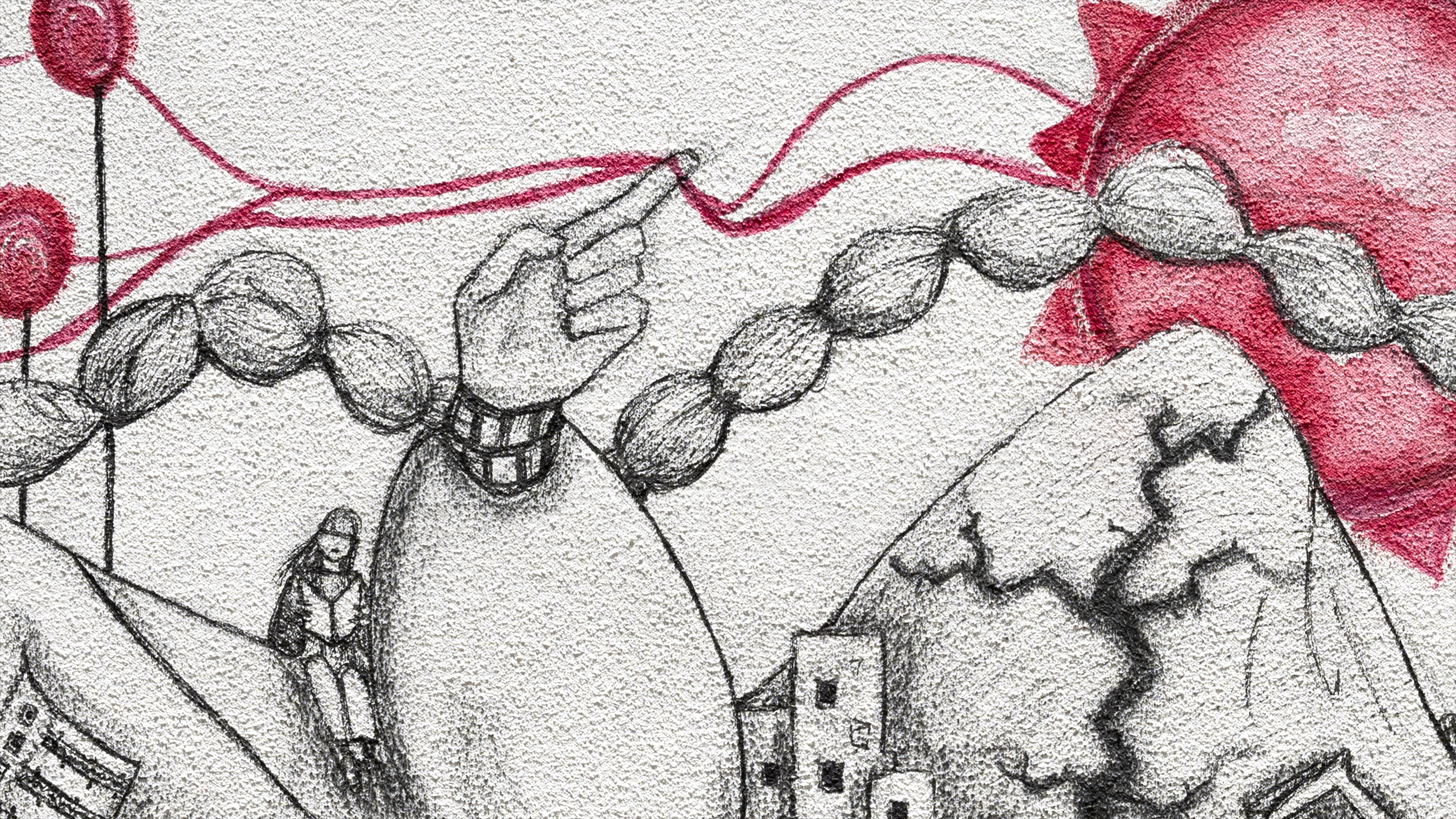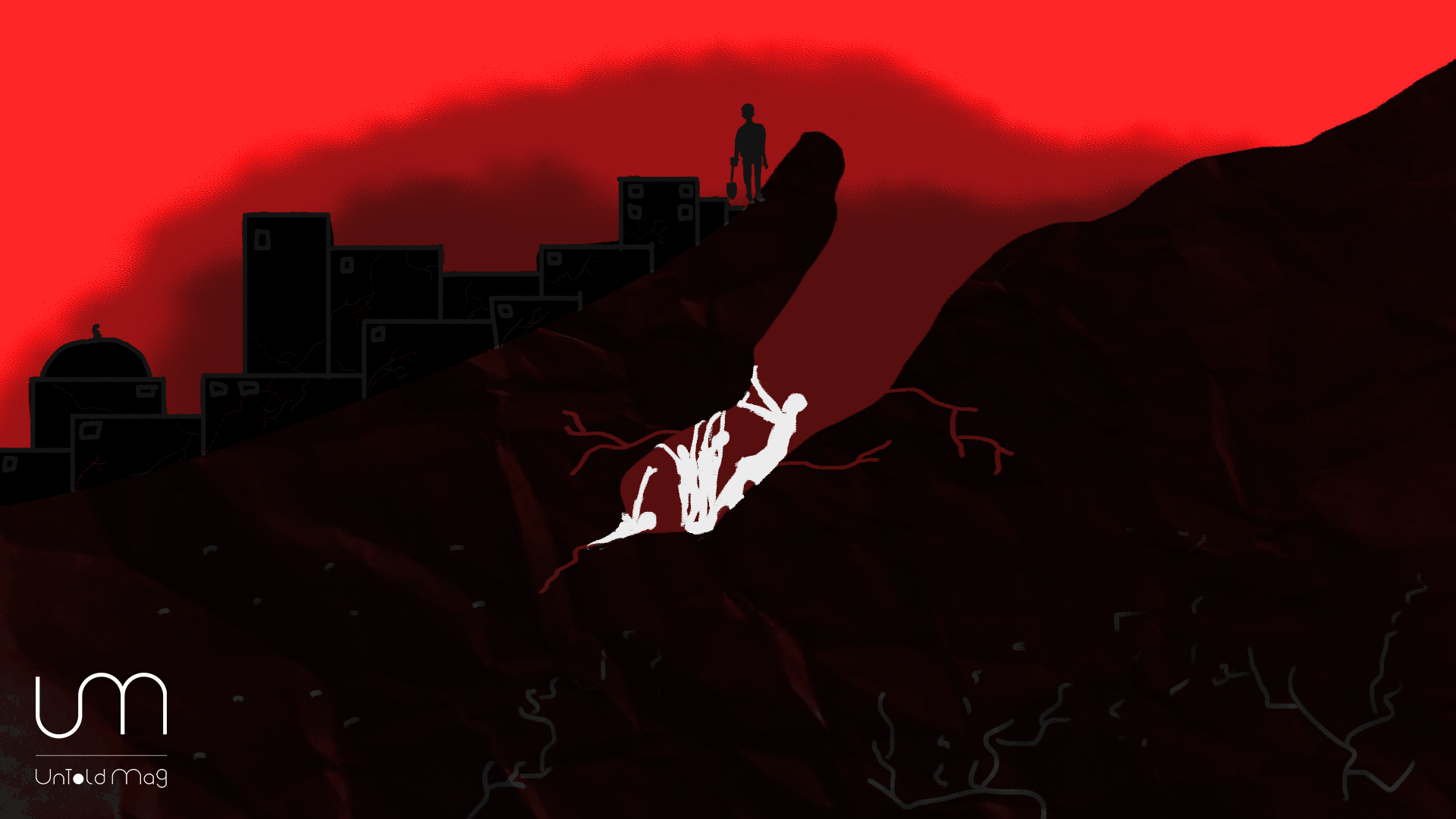This article is part of a dossier in partnership between SyriaUntold and Orient XXI, exploring the consequences of the devastating earthquake that struck Turkey and Syria in February 2023.
We have all been appalled and distressed at the images of collapsed homes and stricken families after the earthquake that hit Turkey and Syria on February 6th 2023. The death toll in the earthquake zone has passed 41,000 men, women and children and hundreds of thousands have been displaced after their homes were destroyed.
As humanitarian aid organisations and politicians approach the impact of the earthquake on local communities, it would be important to pay more attention to the relationship between people and their lost homes.
Sudden and forced displacement often lead to post-traumatic stress disorder (PTSD) in those whose lives have been upturned. In addition, many of the Syrians affected by the earthquake had already been displaced several times before because of the conflict.
The earthquake added a new layer of trauma and injury to already suffering communities.
To better understand the grief caused by human-made or natural disasters, we looked at two examples in different parts of the world and very different circumstances: the earthquake at Irpinia in southern Italy in 1980, and the destruction of Homs during the Syrian conflict.
Earthquake in Italy
We interviewed people whose lives have been reshaped by earthquakes that transformed lively and vibrant towns into abandoned sites of trauma and ruins. The 1980 earthquake in Irpinia caused 3000 victims and 300.000 displaced. In these interviews (turned into a documentary titled Italia Terremotata co-created with community; EN; IT), people mourn their beloved architecture, their neighbours, their homes, even decades after the destruction of their homes.
“Before the earthquake there was this sense of community, street and home. The neighbourhood, the chair outside the house, the chatting with neighbours. The post-earthquake reconstruction has ruined all this, because the towns have been dismembered”
(An interviewee from Irpinia, who, at the time of the interview in 1980, was living in a prefabricated house for displaced people).
The destruction of Homs
We have also studied the impact of the war on Syria, where entire neighbourhoods have been razed to the ground. Different parts of Homs had been sieged throughout the years of war. Over half of the city’s neighbourhoods have been heavily destroyed.
When talking to people who lost their homes, we heard many stories of grief persisting even ten years after the destruction of their homes.
“When I first saw the destruction, I felt powerless: what can we do? Nothing will be solved anymore. I felt emptiness and everything was negative. But eventually, I started questioning; what is our duty? What can we do? … … When I was between the ruins, I felt loneliness, solitude and distance; distance from people and my society. I felt as a stranger in my own city.”
(Interview with a Syrian architect, 2017).
Many people – even those who remained in Syria – talked of a sense of disorientation and exile (1) due to the mass loss of architecture/a familiar urbanscape. The people around come from different regions due to the waves of displacement from and to Homs, and the familiar shops, spaces and places, are gone, leaving entire parts of Homs in ruins.
Sadly, even years after the destruction which largely ended in 2017, there are no reconstruction projects on the ground. Many people remain internally displaced. Others are displaced into Northwest Syria, or are refugees across the world, including Turkey, making them struggle with the consequences of the earthquake.
In Italy, earthquakes usually bring mixed feelings: a sense of acceptance for natural events that are recurrent in this region; but also, a sense of injustice, because they think that governments could have act before to make places safer. In Syria, the layers of trauma and injury continue to shape peoples’ lives, and making the everyday life a war in itself due to the extreme living conditions and poverty. The earthquake has just added a new layer of suffering to one of the most brutal wars of our times.
Rediscovering a sense of place
Even though the contexts involved in natural disasters are different from human-made disasters, there are overlapping themes and questions. People need to be provided with immediate shelter, medical attention and supplies, and their homes need to be rebuilt. Decisions about rebuilding need to be taken as well as finding long-term accommodation. In addition, there are questions about how to help these people heal from the trauma of their home loss, while they are still displaced from all that is comforting and familiar.
What we learned from the 1980 Italian earthquake in Irpinia is that this is not a short-term project. The journey of healing, recovery and grief is a long one.
But in the meanwhile, the rebuilding process will begin to happen, and this brings its own questions: what to rebuild, and how? To start from scratch or to repair? How to avoid the mistakes, including the fact that the buildings were not earthquake resistant? How to make these processes more equitable and inclusive?
At the time of rebuilding ruined homes a different layer of reconstruction should emerge – the reconstruction of a “sense of place” or rebuilding community: that is, the meanings and emotions people associate with a place.
Our research in Italy shows that even when people lived in prefabricated houses, after having lost their home, they developed a sense of community. They were able to live next to their neighbours, before their town was reconstructed. One of the interviewees said:
“When people were in the prefabricated houses, they were able to recreate the sense of community they had in the old town. They were close, door to door, like in the old town.
We were often outside talking, singing and dancing. We also had happy moments there”
In Homs, even when people are pushed into poverty and extreme living conditions, people keep supporting each other. This infrastructure of support is essential in the process of reconstruction, so that rebuilding is not about the stones, but essentially is about people. Therefore, reconstructing place should ensure that people maintain their neighbours with whom, in some cases, have lived next to each other for decades. Preserving these networks of solidarity across people who are familiar with each other will be essential for local communities to reconnect, to protect the continuity of what is familiar, and to reflect on their identity, needs and heritage values.
Practices of reconstructions must be grassroots and involve communities while they are displaced. It’s a time of extreme sorrow, pain and frustration – but also a time of hope. In rebuilding their town, people can make active decisions, based on their lives before the disaster, and how they want to live in the future.
Local and international agencies, involved in the recovery process, must not impose solutions on the people who have been affected. Instead, rebuilding must be grassroots, bottom-up process. This will be an important part of the road out of grief as the healing process begins.
(1) On this, see Omar Azzouz, “A tale of a Syrian city at war. Destruction, resilience, and memory in Homs.”, City. Analysis of Urban Change, Theory, Action, issue 1, 2019.


